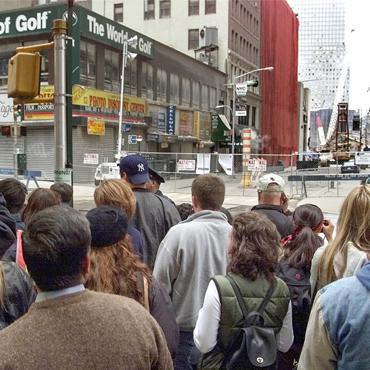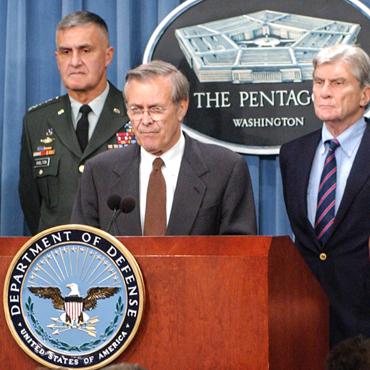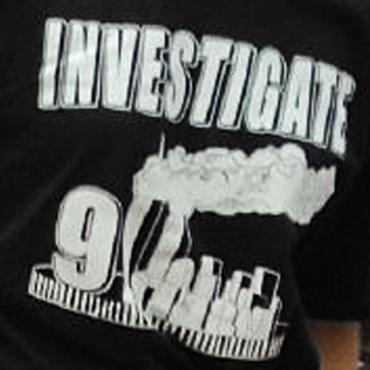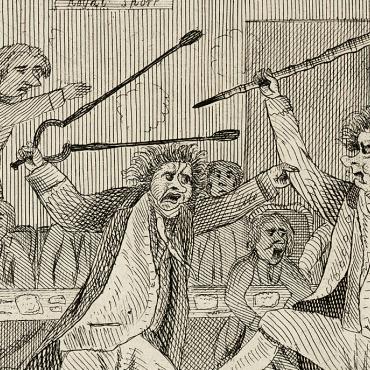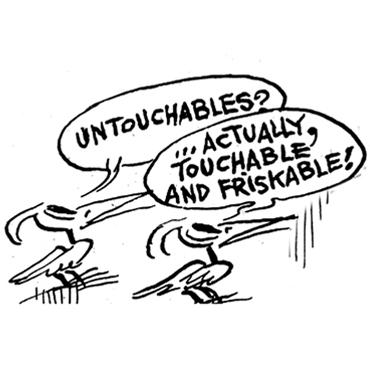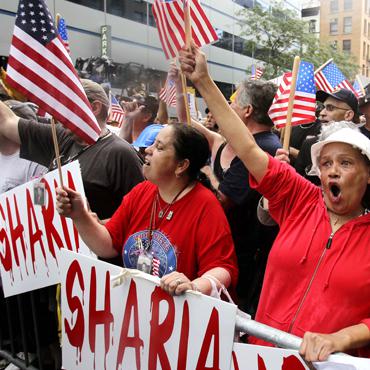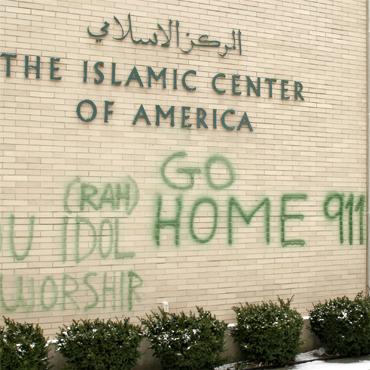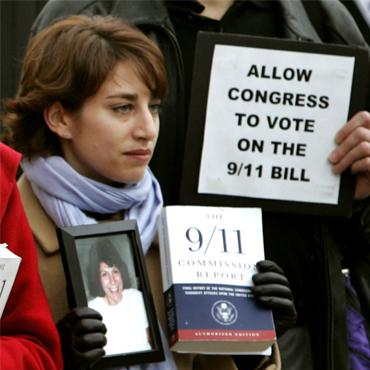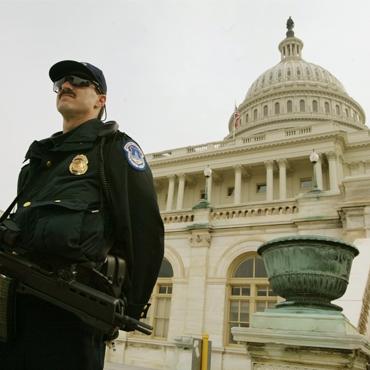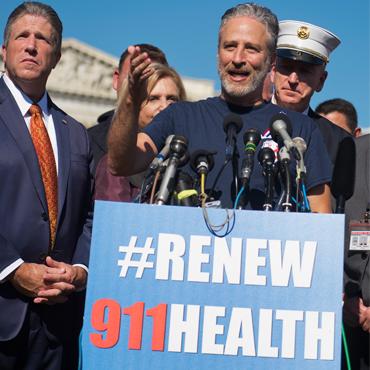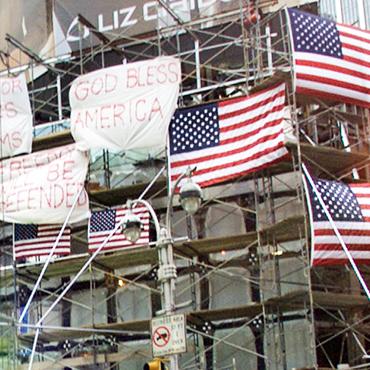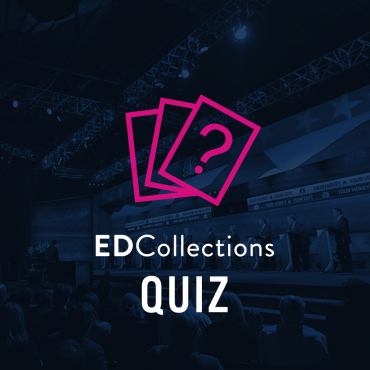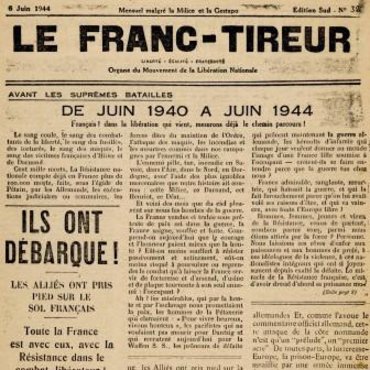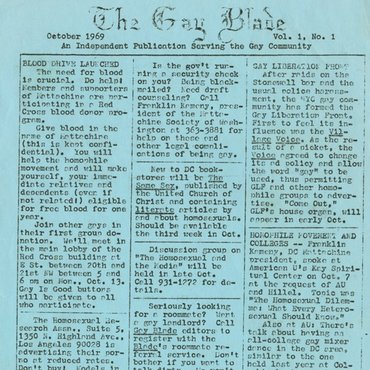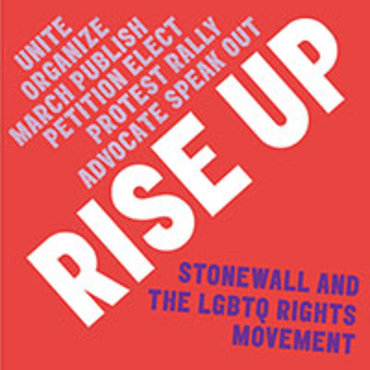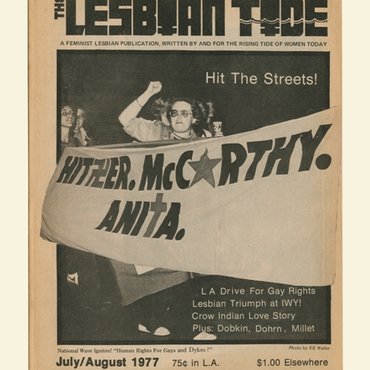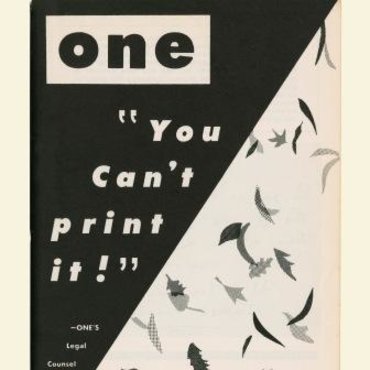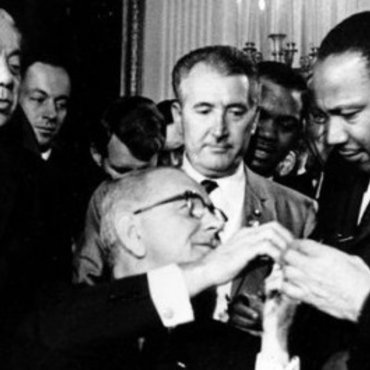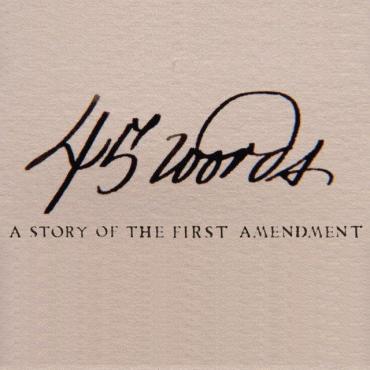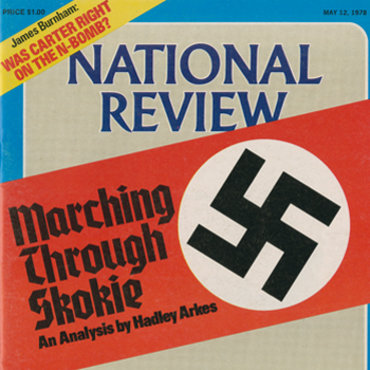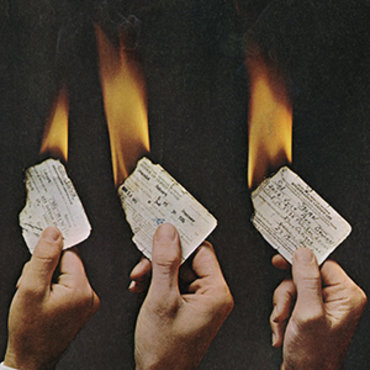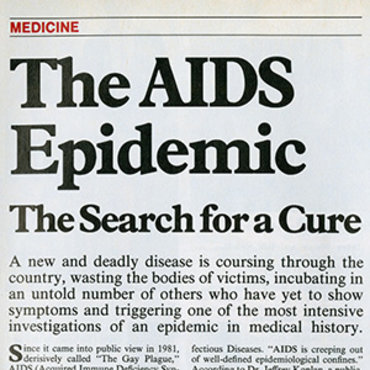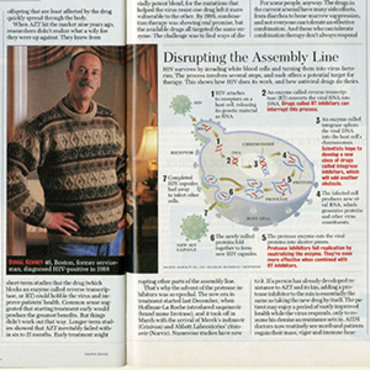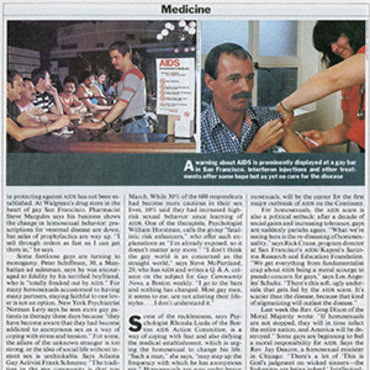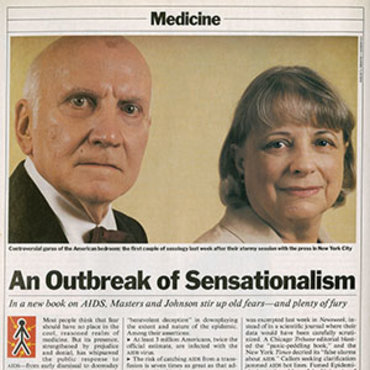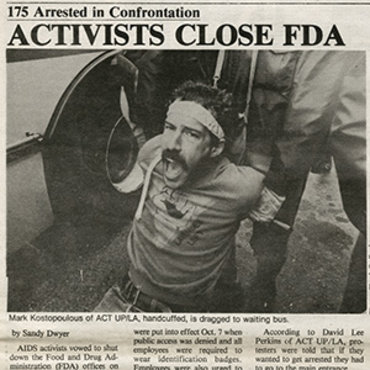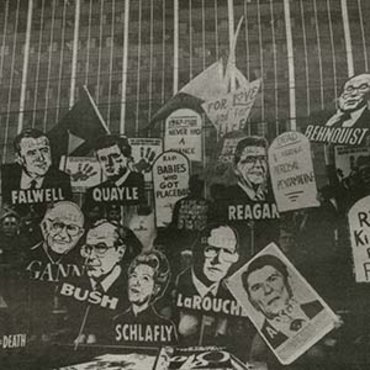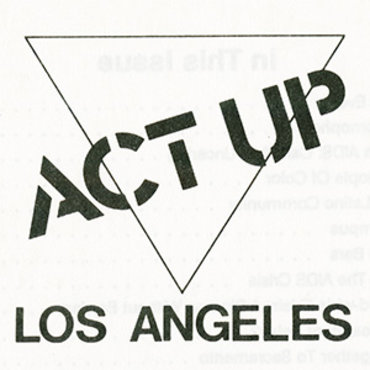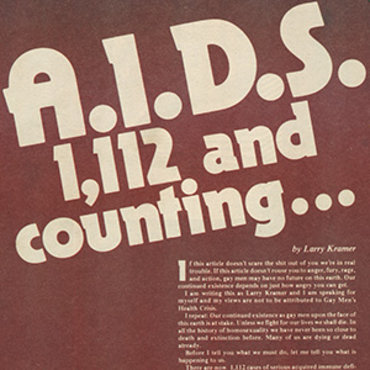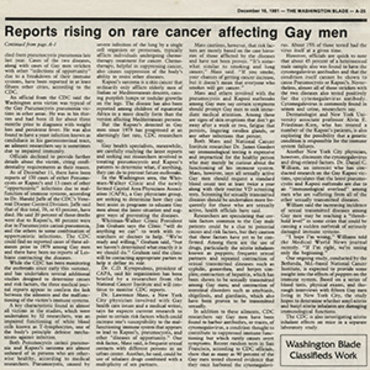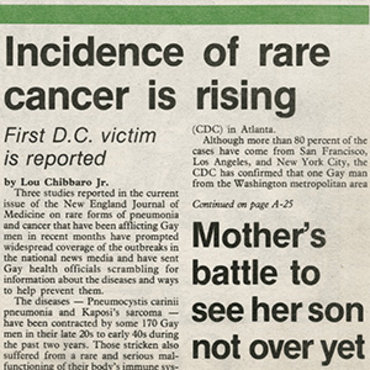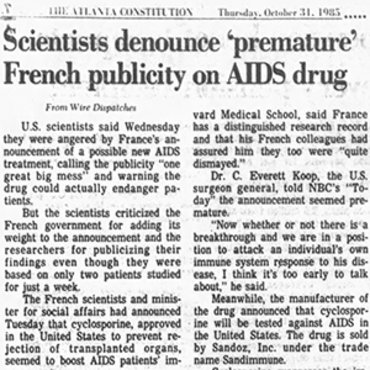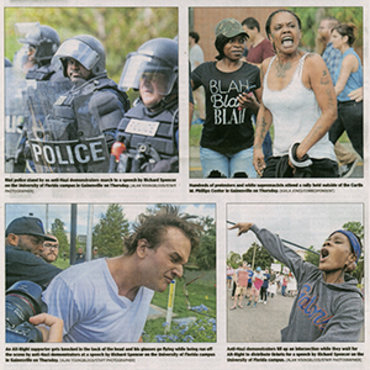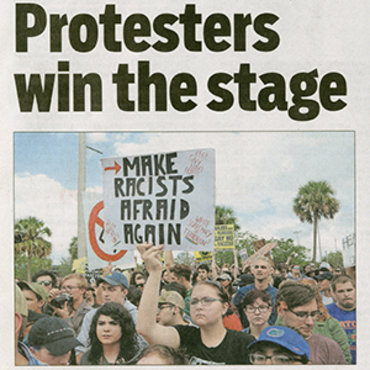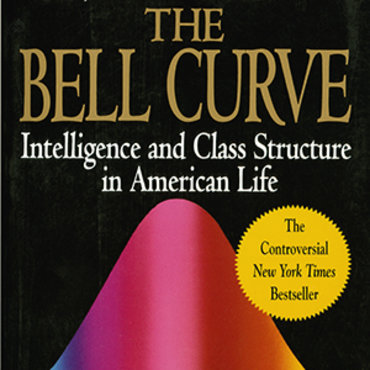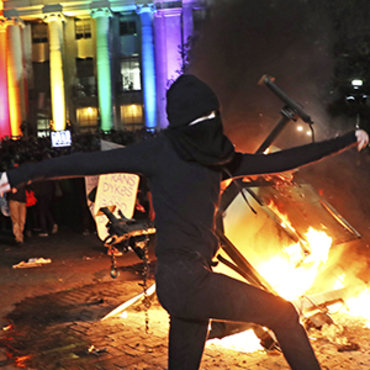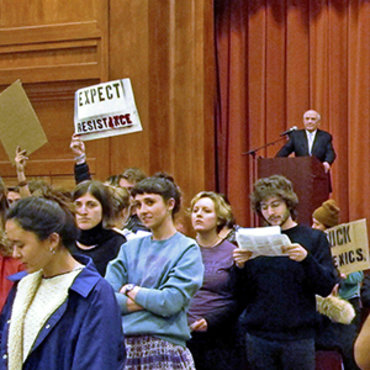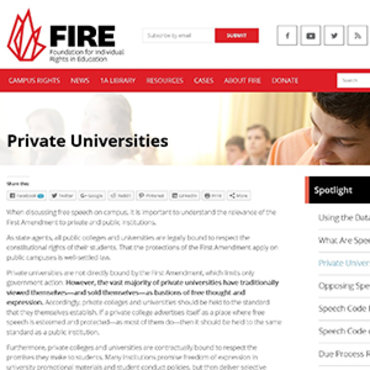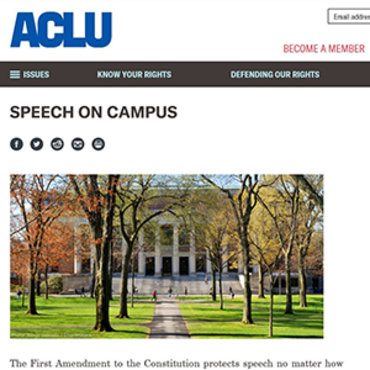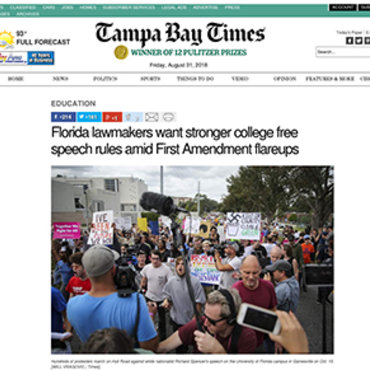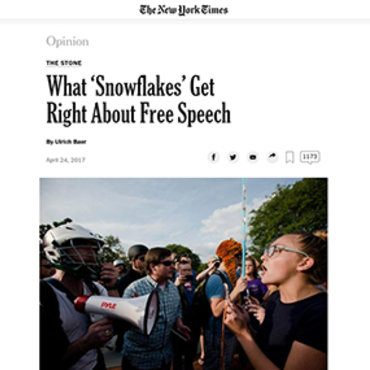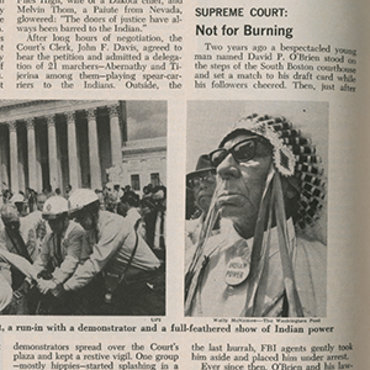2014: Press Coverage of Ferguson Protests
Should a Missouri city be allowed to limit press access when there is civil unrest?
Get even more great free content!
This content contains copyrighted material that requires a free NewseumED account.
Registration is fast, easy, and comes with 100% free access to our vast collection of videos, artifacts, interactive content, and more.
NewseumED is provided as a free educational resource and contains copyrighted material. Registration is required for full access. Signing up is simple and free.
With a free NewseumED account, you can:
- Watch timely and informative videos
- Access expertly crafted lesson plans
- Download an array of classroom resources
- and much more!
- Constitution
- Journalism
- Protests
- 9-12
- College/University
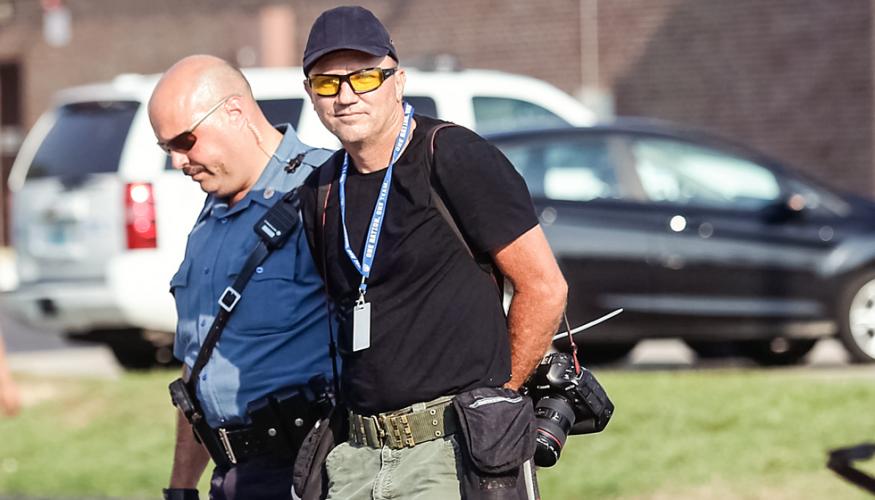
Police arrest Getty Images photographer Scott Olson in Ferguson, Mo., on Aug. 18, 2014.
Looking Back: 9/11 Connections
Use the artifact viewer to explore the image below and discuss the following questions:
- What happened/is happening in this image? What story does it tell?
- How is this image connected to the events of Sept. 11, 2001?
- How could you use this image to make an argument about the state of freedom in the U.S.? About national security?
Should freedom of the press be limited in a city experiencing civil unrest?
You are an adviser to the police chief in a small city. After an unarmed black youth was shot by a white police officer, your city has become the site of nightly protests against racial bias and alleged police brutality. At times, the protests turn violent; property is damaged and fights break out. There are many tense confrontations between protesters and police officers.
As the protests become national news, reporters from across the country arrive to document what is happening. Some police officers are complaining about the journalists, arguing that camera crews get in the way and that the presence of reporters encourages protesters to confront police, making it harder to do their job. The police chief wants your advice on how to handle the rising tension between the police and the journalists. What should the chief do?
What should the chief do?
-
Do nothing.
The actions of the police are at the heart of this story, and reporters should be free to report however they see fit.
-
Give the reporters cards with tips on how to avoid getting in the way of the police.
Allow them to cover the story, but encourage them to respect the work the police are doing.
-
Create a fenced-in “media zone” within the protest area.
This will give journalists some access to events but also protect them from getting in the way of police.
-
Set up barricades around the protests to keep journalists out completely.
The focus should be on controlling the protests, and journalists are getting in the way.
-
Something else.
Explain.
-
Why is it important for the news media to cover stories like these protests? What might their reports reveal?
-
Why might the presence of the news media be frustrating to the police?
-
Who should be allowed to report on controversial news stories?
-
How might a citizen journalist and a professional journalist approach this story differently? Why?
Have students use the Analyzing Evidence and Making Your Argument handouts to collect and organize additional information about the case, then form an argument supported by evidence. Give groups 30 minutes to prepare, or assign as homework. (Note: Students may wish to organize their sources and evidence using a spreadsheet, such as Google Sheets.)
-
Common Core State Standards: CCSS.ELA-LITERACY.CCRA.SL.3
Evaluate a speaker's point of view, reasoning, and use of evidence and rhetoric. -
Common Core State Standards: CCSS.ELA-LITERACY.CCRA.SL.4
Present information such that listeners can follow the line of reasoning and the organization, development, and style are appropriate to task, purpose, and audience.
-
NCSS C3 Framework: D4.1.6-8 and D4.1.9-12
6 - 8: Construct arguments using claims and evidence from multiple sources, while acknowledging the strengths and limitations of the arguments. 9 - 12: Construct arguments using precise and knowledgeable claims, with evidence from multiple sources, while acknowledging counterclaims and evidentiary weaknesses.
-
National Center for History in the Schools: NCHS.US History.Era 10
Standard 1: Recent developments in foreign policy and domestic politics Standard 2: Economic, social, and cultural developments in contemporary United States
-
Center for Civic Education: CCE.V
A. What is citizenship? B. What are the rights of citizens? C. What are the responsibilities of citizens? D. What civic dispositions or traits of private and public character are important to the preservation and improvement of American constitutional democracy? E. How can citizens take part in civic life?

